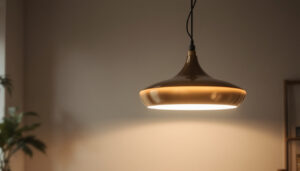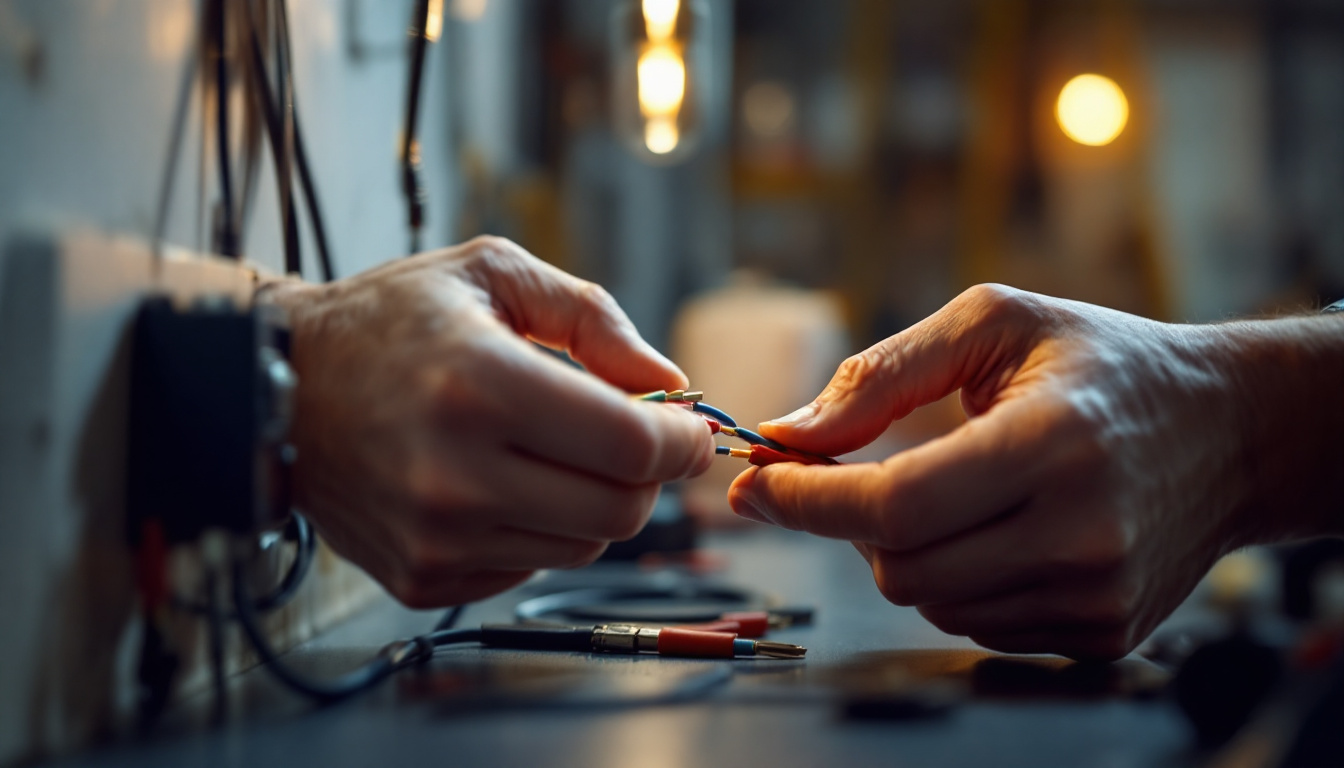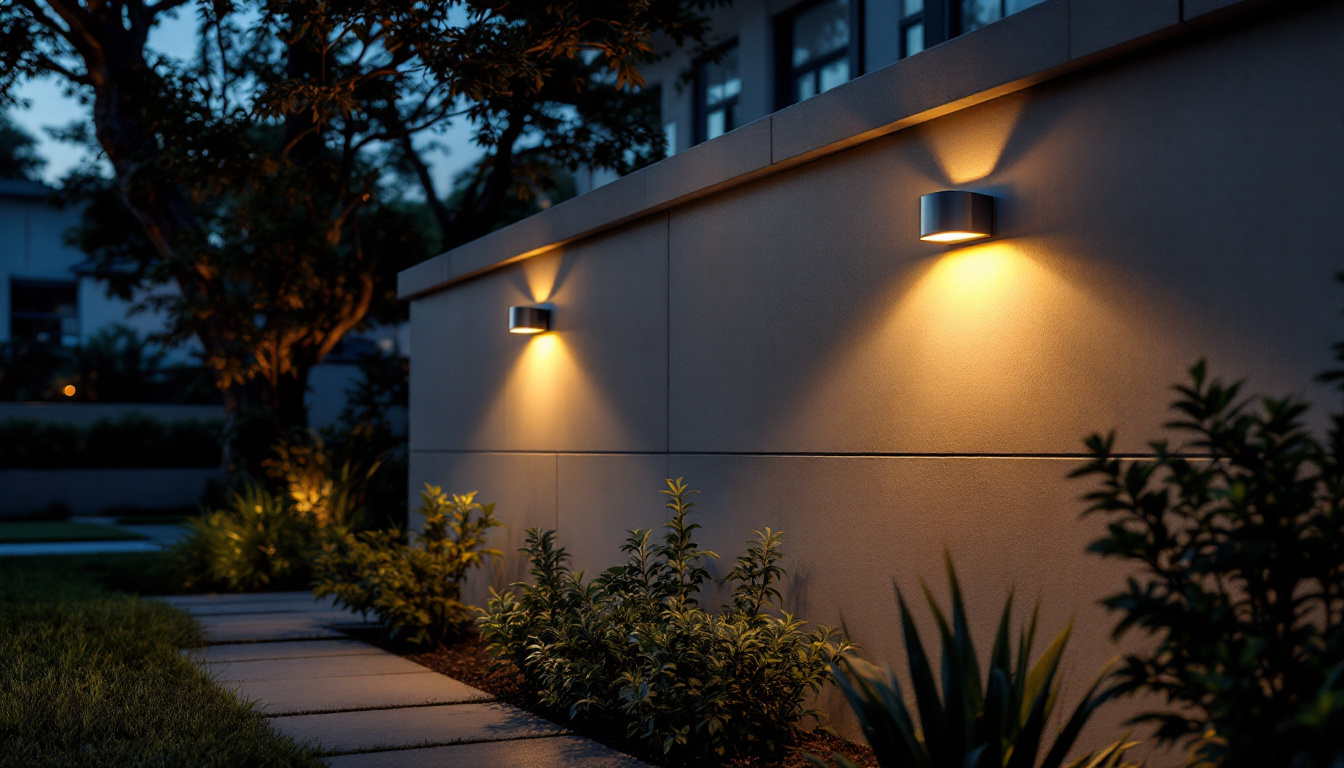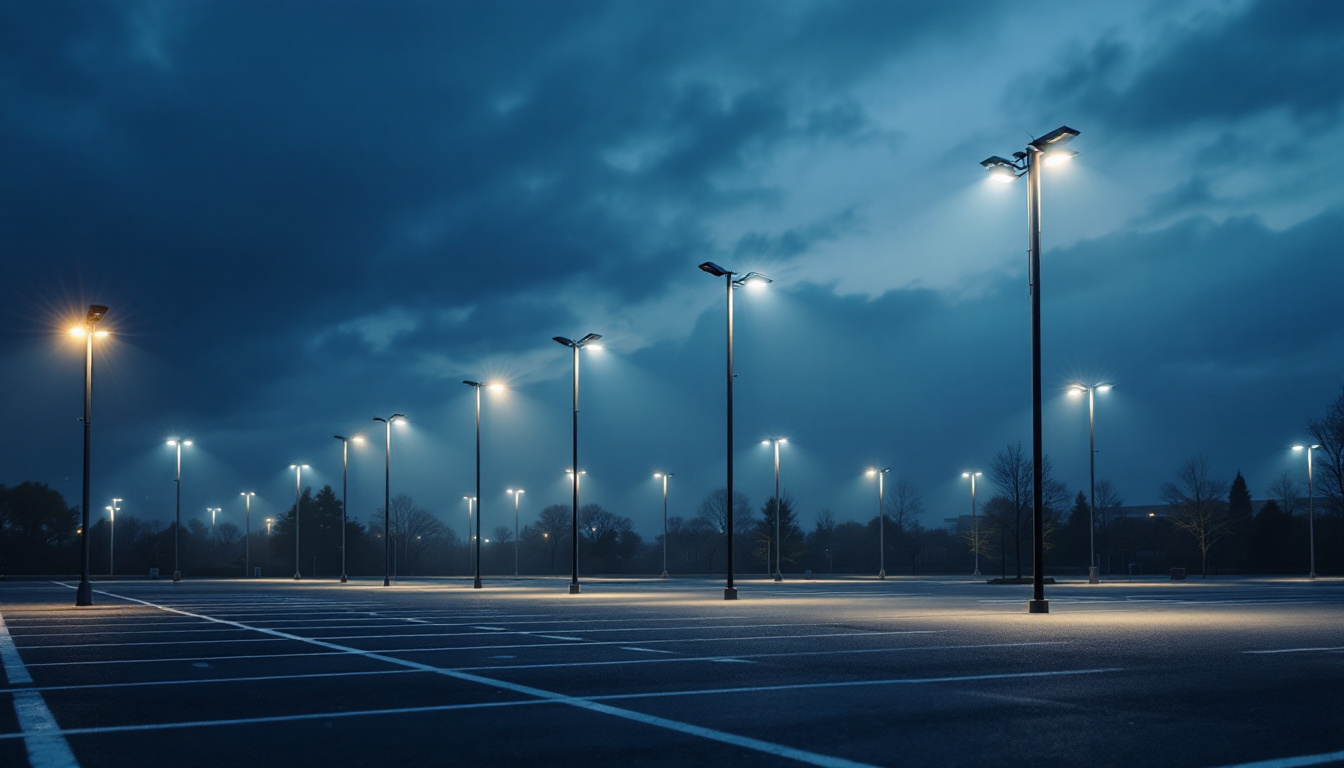

As the demand for efficient and reliable lighting solutions continues to grow, lighting contractors face an array of challenges in their projects. One of the most common yet critical aspects of electrical work is the use of 2 wire electrical connectors. Understanding how to effectively utilize these connectors can significantly enhance project outcomes and client satisfaction. This article delves into the challenges associated with 2 wire electrical connectors and provides practical solutions to overcome them.
2 wire electrical connectors are essential components in various lighting installations. They facilitate the connection between the power source and lighting fixtures, ensuring a seamless flow of electricity. Typically, these connectors consist of two wires: one for the live current and the other for the neutral. Their simplicity and efficiency make them a popular choice among lighting contractors.
There are several types of 2 wire electrical connectors available in the market, each designed for specific applications. Common types include wire nuts, push-in connectors, and terminal blocks. Understanding the characteristics of each type is crucial for selecting the right connector for a given project.
Wire nuts, for instance, are widely used due to their versatility and ease of use. They are ideal for connecting multiple wires together, providing a secure and insulated connection. Push-in connectors, on the other hand, offer a quick and efficient way to connect wires without the need for additional tools. Terminal blocks are often used in more complex installations, allowing for organized and easily accessible connections.
In addition to these common types, there are also specialized connectors designed for specific environments. For example, waterproof connectors are essential in outdoor applications where exposure to rain or humidity is a concern. These connectors often feature seals or gaskets that prevent moisture ingress, ensuring reliable performance even in challenging conditions. Furthermore, there are connectors designed for high-temperature environments, which use materials that can withstand extreme heat without degrading, making them suitable for industrial applications.
In lighting installations, 2 wire electrical connectors are commonly used for various applications, including residential, commercial, and industrial projects. They are often employed in ceiling fixtures, wall sconces, and outdoor lighting systems. Understanding the specific requirements of each application is vital for ensuring safety and compliance with electrical codes.
For instance, outdoor lighting installations require connectors that can withstand environmental factors such as moisture and temperature fluctuations. Selecting the appropriate connector type for each application not only enhances performance but also extends the lifespan of the lighting system.
Moreover, in residential settings, 2 wire connectors are frequently used in smart home lighting systems. These systems often incorporate advanced technology, such as dimmers and motion sensors, which necessitate reliable and secure connections to function correctly. The integration of these connectors with smart devices allows homeowners to control their lighting remotely, enhancing convenience and energy efficiency. Additionally, in commercial spaces, the use of 2 wire connectors can facilitate the installation of energy-efficient LED lighting, which is becoming increasingly popular due to its long lifespan and lower energy consumption. This shift not only reduces operational costs but also aligns with sustainability goals that many businesses are now prioritizing.
While 2 wire electrical connectors offer numerous benefits, lighting contractors often encounter challenges during installation and maintenance. These challenges can arise from various factors, including improper installation techniques, compatibility issues, and environmental conditions.
One of the most significant challenges faced by lighting contractors is improper installation techniques. Many issues can arise from inadequate wire stripping, incorrect connector selection, or insufficient tightening of connections. These mistakes can lead to loose connections, which may result in flickering lights, power outages, or even electrical fires.
To mitigate these risks, contractors should prioritize proper training and adherence to best practices. This includes ensuring that all team members are knowledgeable about the correct installation techniques and the specific requirements of the connectors being used. Regular training sessions and workshops can help reinforce these practices and improve overall installation quality. Additionally, utilizing checklists during installation can serve as a useful tool to ensure that all steps are followed meticulously, reducing the likelihood of human error.
Compatibility issues between connectors and wiring types can also pose significant challenges. Not all connectors are suitable for every type of wire, and using the wrong connector can lead to poor performance and safety hazards. For example, using a connector designed for solid wire with stranded wire can result in a weak connection.
To address compatibility issues, contractors should carefully review the specifications of both the connectors and the wiring being used. Consulting manufacturer guidelines and product datasheets can provide valuable insights into compatibility, ensuring that the right combinations are used for each project. Furthermore, staying updated on the latest advancements in connector technology can help contractors make informed decisions, as newer products may offer enhanced compatibility features or improved performance metrics.
Environmental conditions can significantly impact the performance of 2 wire electrical connectors. Factors such as humidity, temperature, and exposure to chemicals can affect the integrity of the connections. For instance, connectors used in outdoor installations must be rated for wet or damp locations to prevent corrosion and ensure long-lasting performance.
Contractors should take environmental conditions into account when selecting connectors for specific applications. Utilizing connectors that are designed for the intended environment can help mitigate potential issues and enhance the reliability of the lighting system. In addition, implementing protective measures, such as using conduit or protective covers, can further safeguard connections from harsh environmental factors. This proactive approach not only extends the lifespan of the installation but also enhances safety, ensuring that lighting systems operate efficiently under varying conditions.
To navigate the challenges associated with 2 wire electrical connectors effectively, lighting contractors can implement several strategies. These strategies focus on improving installation practices, enhancing team training, and selecting the right materials for each project.
Improving installation practices is crucial for ensuring the reliability and safety of electrical connections. Contractors should establish clear guidelines for installation procedures, emphasizing the importance of proper wire stripping, connector selection, and tightening techniques. Implementing checklists can also help ensure that all necessary steps are followed during the installation process.
Additionally, using high-quality connectors can significantly reduce the likelihood of installation-related issues. Investing in reputable brands and products can provide peace of mind, knowing that the connectors are designed to meet industry standards and perform reliably in various conditions. Furthermore, adopting a systematic approach to installation, such as the use of color-coded wiring and standardized labeling, can enhance clarity and reduce the risk of errors during both installation and future maintenance.
Continuous education and training for team members are vital for staying updated on best practices and emerging technologies. Contractors should consider organizing regular training sessions that cover installation techniques, safety protocols, and the latest advancements in electrical connectors. This investment in knowledge not only enhances the skills of the workforce but also fosters a culture of safety and excellence within the company.
Furthermore, encouraging team members to pursue certifications and attend industry conferences can expose them to new ideas and innovations. This ongoing education can lead to improved project outcomes and increased client satisfaction. In addition to formal training, creating a mentorship program within the team can facilitate knowledge transfer from experienced electricians to newer members, ensuring that valuable skills and insights are shared and retained within the organization.
Selecting the appropriate materials for each project is essential for overcoming challenges related to environmental conditions and compatibility. Contractors should take the time to research and understand the specific requirements of each application, ensuring that the connectors used are suitable for the intended environment.
For outdoor installations, for instance, utilizing connectors that are rated for wet locations can help prevent corrosion and ensure long-lasting performance. Similarly, considering the wire gauge and type when selecting connectors can help avoid compatibility issues that may arise during installation. Additionally, exploring options for environmentally friendly materials can not only enhance sustainability but also appeal to clients who prioritize eco-conscious practices. By staying informed about advancements in materials technology, contractors can make informed choices that enhance both performance and environmental responsibility.
In the ever-evolving landscape of lighting installations, understanding the intricacies of 2 wire electrical connectors is paramount for lighting contractors. While challenges such as improper installation techniques, compatibility issues, and environmental conditions may arise, implementing effective strategies can significantly mitigate these risks.
By enhancing installation practices, investing in training and education, and choosing the right materials, contractors can ensure that their projects are executed with precision and safety. Ultimately, a thorough understanding of 2 wire electrical connectors not only improves project outcomes but also contributes to the overall success of lighting contractors in a competitive industry.
Ready to elevate your lighting projects with the highest quality connectors and lighting solutions? Look no further than LumenWholesale, where we provide contractors with spec-grade lighting products at unbeatable wholesale prices. Say goodbye to inflated markups and hello to a vast selection of reliable, high-performance lighting essentials that meet rigorous industry standards. Plus, with free shipping on bulk orders, you can stock up on everything you need while enjoying the best value. Don’t compromise on quality or cost—visit LumenWholesale for Wholesale Lighting at the Best Value and make your next project shine with excellence.

Discover essential tips for lighting contractors to avoid common pitfalls when installing solar lights on outdoor walls.

Discover the essential insights on UV Light A that every lighting contractor needs to know.

Discover everything lighting contractors need to know about parking lot poles and lights in this comprehensive guide.

Discover why opting for local distributors when purchasing suspended lights in bulk might not be the best choice.
Get notified when NEW deals are released.
Optimize your budget with wholesale discounts.
Only top-quality, specification-grade lighting products.
No additional costs at checkout - what you see is what you pay.
We understand the unique needs of contractors.